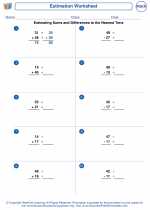What is Human Resources?
Human Resources (HR) is the department within an organization that is responsible for managing the people who work for the company. They handle the recruitment, training, compensation, and retention of employees.
Key Functions of Human Resources
- Recruitment and Selection: HR is responsible for finding and hiring the right candidates for job openings within the company. This involves creating job descriptions, posting job ads, and conducting interviews.
- Employee Training and Development: HR organizes training programs to help employees develop new skills and improve performance. They also oversee career development and succession planning within the organization.
- Performance Management: HR is involved in setting performance standards, conducting performance evaluations, and providing feedback to employees to help them improve.
- Compensation and Benefits: HR manages employee compensation, including salaries, bonuses, and benefits such as healthcare, retirement plans, and other perks.
- Employee Relations: HR is responsible for creating and enforcing policies and procedures that promote a positive work environment. They also handle employee grievances and disciplinary actions.
Importance of Human Resources
Human Resources plays a vital role in the success of an organization. By managing the workforce effectively, HR contributes to the overall productivity, morale, and retention of employees. They also ensure that the company complies with labor laws and regulations.
Emerging Trends in Human Resources
Some of the emerging trends in HR include the use of technology for recruitment and performance management, the focus on employee well-being and work-life balance, and the implementation of diversity and inclusion programs within the workplace.
Conclusion
Human Resources is a multifaceted field that involves managing the most valuable asset of an organization - its people. Understanding the key functions and importance of HR is essential for anyone interested in pursuing a career in this field.
.◂Math Worksheets and Study Guides Sixth Grade. Estimation

 Worksheet/Answer key
Worksheet/Answer key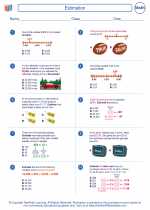
 Worksheet/Answer key
Worksheet/Answer key
 Worksheet/Answer key
Worksheet/Answer key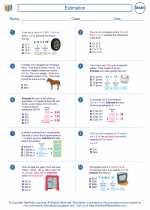
 Worksheet/Answer key
Worksheet/Answer key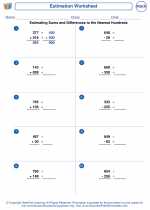
 Worksheet/Answer key
Worksheet/Answer key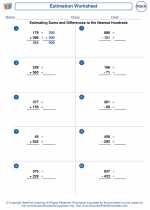
 Worksheet/Answer key
Worksheet/Answer key